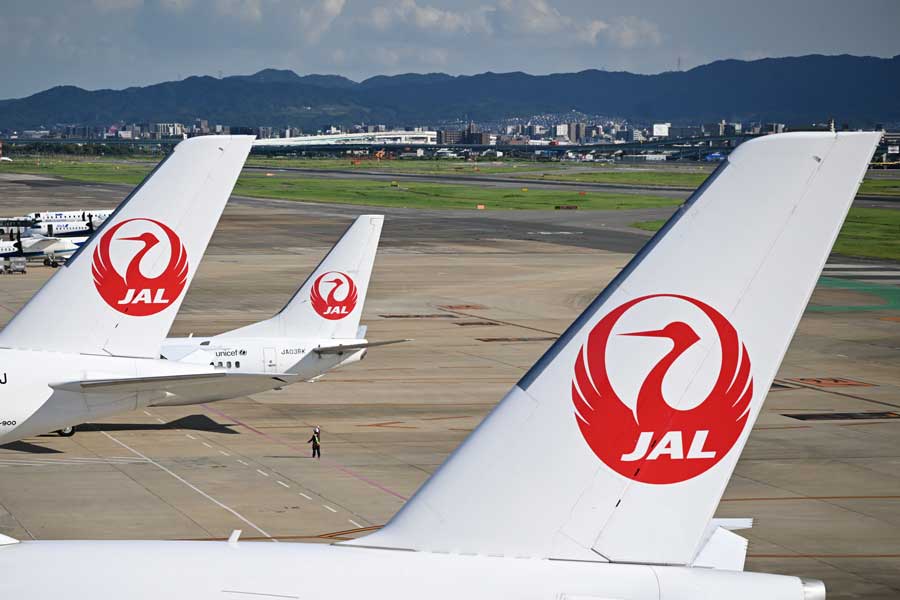
JAL Suspends Same-Day Standby and Upgrades at New Chitose Airport on December 12 Due to Snow
All Nippon Airways (ANA) announced on October 4th the introduction of a Virtual Reality (VR) ground handling training simulator, ‘∀TRAS’ (Atlas), starting at Haneda Airport and planning to expand to airports nationwide. This initiative aims to replace part of the traditional hands-on training with VR to streamline and shorten the training period.
The simulator, developed in collaboration with Tsukumi Manufacturing, which produces cross-reality (XR) content, is designed for training ground handling staff in tasks such as pushback towing operations, passenger boarding bridge operations, snow and ice control, and specialized vehicle operations within a VR-recreated airport. Trainees are evaluated on a three-grade scale (A, B, C) across various checkpoints, with an overall score displayed.
The simulator can recreate operations at four airports: Haneda, Chubu, Naha, and Matsuyama, and supports all aircraft operated by the ANA Group, including the Boeing 777 and Airbus A380. It also allows for various scenarios, including different times of day, weather conditions, and unexpected situations. More airports will be supported in the future.
Initially, 11 units will be installed by the end of November at 11 airports where ANA Group is responsible for ground handling, starting with Haneda Airport and expanding to New Chitose, Narita, Chubu, Itami, Kansai, Fukuoka, Naha, Fukushima, Saga, and Matsuyama airports. Plans are in place to further expand to other domestic airports later on.
At a demonstration held at Haneda Airport on the first day, Junichi Kato from ANA Airport Services Personnel Development remarked on the simulator’s realism, from the movement of vehicles and aircraft to airport scenery, allowing for training with the sensation of being at an actual airport.
Masaki Nagaoka from ANA Ground Handling Planning Department, involved in the introduction of Atlas, mentioned that the traditional hands-on training faced challenges due to the varying number of flights and equipment at different airports, which made personnel development time-consuming. The introduction of Atlas is expected to provide a uniform training environment nationwide, leading to shorter training periods and improved efficiency. According to Nagaoka, pushback training duration can be reduced by about 39%.
Another advantage is that, whereas traditional pushback and towing training requires a trainer plus two assistants, Atlas training can be conducted by a single trainer, reducing the number of training personnel needed.